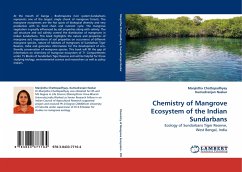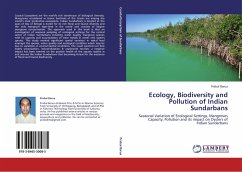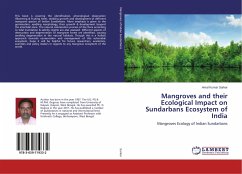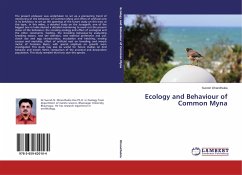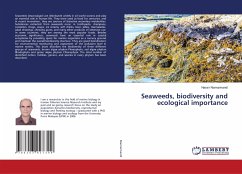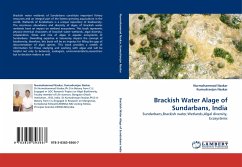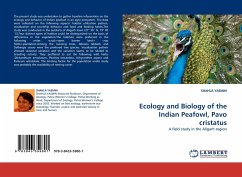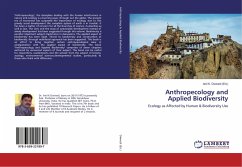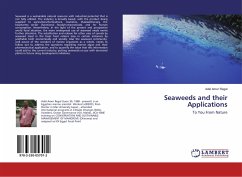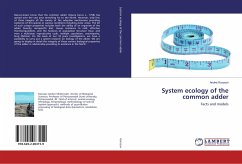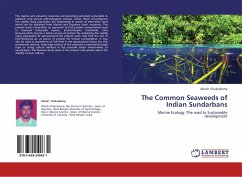
The Common Seaweeds of Indian Sundarbans
Marine Ecology :The road to Sustainable development
Versandkostenfrei!
Versandfertig in 6-10 Tagen
32,99 €
inkl. MwSt.

PAYBACK Punkte
16 °P sammeln!
The marine and estuarine resources are becoming extremely vulnerable to pollution and several anthropogenic stresses. Under these circumstances the rapidly rising population are desperately in search of alternative food which can be obtained from Marine and Estuarine biotic resources. The present work is therefore an approach to find protein concentration level in seaweed (Catenella repens, Enteromorpha intestanilis, Ulva lactuca),which may be a future source of protein for sustaining the rapidly rising population of subcontinent.The present work may find the use of Enteromorpha sp. as source ...
The marine and estuarine resources are becoming extremely vulnerable to pollution and several anthropogenic stresses. Under these circumstances the rapidly rising population are desperately in search of alternative food which can be obtained from Marine and Estuarine biotic resources. The present work is therefore an approach to find protein concentration level in seaweed (Catenella repens, Enteromorpha intestanilis, Ulva lactuca),which may be a future source of protein for sustaining the rapidly rising population of subcontinent.The present work may find the use of Enteromorpha sp. as source of protein for human consumption. It may also be used as ingredients of fish feed in the aquacultural sector. For this commercial venture, mass scale culture of the seaweed is essential through rope or string culture method in the brackish water environment of Sundarbans. The biomass study done in the present case speaks about the viability of such culture.



